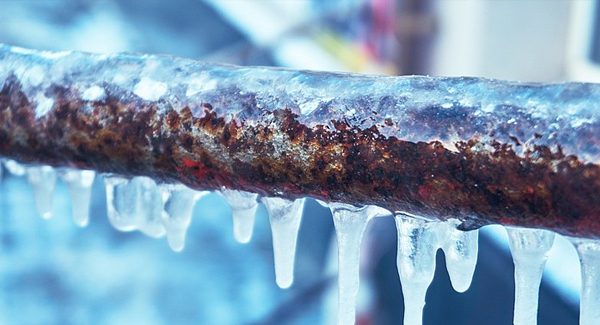With the upcoming winter weather, it’s inevitable that condominium, homeowner, and townhome associations will have to deal with pipe bursts, leaks, and the resulting property damage. Below are three initial steps board members and property managers can take to determine who is responsible for repairs, unit damages, and/or damage to common areas.
- Identify the specific location of the pipe burst
It’s important to determine whether the pipe/s in question services one unit exclusively or more than one unit. For example, if the pipe services one particular unit, it could be considered a Limited Common Element pipe. Dependent upon the precise language of the association’s declaration and by-Laws, the pipe repairs may belong to the unit owner.
- Determine the cause of the pipe burst
During the initial emergency investigation into where a pipe burst occurred, it’s important to have the Association’s contractor identify the reason for the pipe burst. This could be due to a unit owner’s failure to properly maintain the heat in the unit. A malfunctioning appliance, toilet, sink, or hot water heater could also cause a pipe burst or leak.
In times of severe weather, some pipe bursts are simply accidents or “Acts of God”. Nonetheless, it is important for the association’s contractor or maintenance personnel to identify the reason for the pipe burst or leak.
- Identify and designate the specific water damage
Common Elements refers to the areas of an association that belong to all the owners such as parking garages, workout areas, lobbies, and walkways. Generally, the association is responsible for the maintenance, repair, and replacement of the Common Element. When it comes to burst pipes and associated damage, this can include drywall on perimeter walls, ceilings, and floors up to a primer coat.
Owners are responsible for the repairs to damage within their units. In the event that the burst pipe was caused by a unit owner’s negligence, then the ultimate responsibility for all the damage may belong to the owner.
Beyond identifying the location, cause, and extent of the burst pipes damage, it’s also critical to review the association’s declaration and by‑laws. These governing documents will further determine the repair responsibility between the association and owner. Review by legal counsel can provide a roadmap on how to navigate a burst pipe issue.
Every instance of water damage must be evaluated on a case-by-case basis due to the unique circumstances of each pipe burst and the precise language of the community’s governing documents. However, taking these proactive steps during the initial emergency phase of a pipe burst will help the association and the board.
If your association has legal concerns involving burst pipes and/or accompanying property damage, do not hesitate to contact our firm.
Since 1983, KSN has been a legal resource for condominium, homeowner, and townhome associations. Additionally, we represent clients in real estate transactions, collections, landlord/tenant issues, and property tax appeals. We represent thousands of clients and community associations throughout the US with offices in several states including Florida, Illinois, Indiana, and Wisconsin.
If our law firm can be of assistance, please call 855-537-0500 or visit www.ksnlaw.com.
—
This article is made available by the lawyer or law firm publisher for educational purposes only as well as to give you general information and a general understanding of the law, not to provide specific legal advice. By reading this article you understand that there is no attorney client relationship between you and the article author. This article should not be used as a substitute for competent legal advice from a licensed professional attorney in your state. © 2019 Kovitz Shifrin Nesbit, A Professional Corporation.

